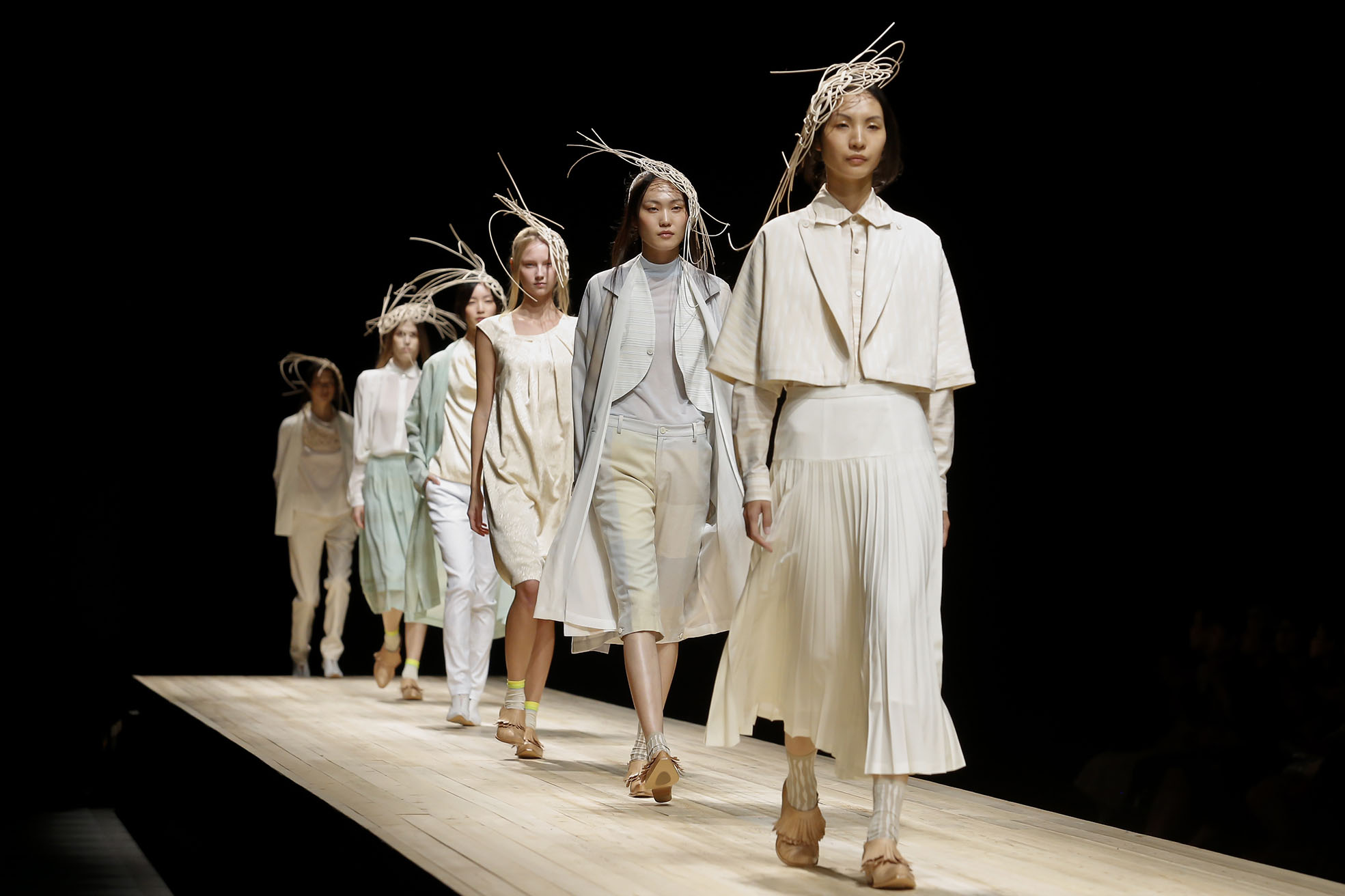There is an identity crisis at the heart of Japanese fashion. It has two contradictory faces that it would like to reconcile — both domestically and abroad. On one hand, the image of Kyary Pamyu Pamyu acolytes posing on the streets of Harajuku prevails and yet, at the same time, the word "Japanese" invokes the image of traditional garments — regrettably reduced to just the kimono in most minds, simply a fixed aesthetic locked in time as a national costume rather than a fashion object.
This contradiction is all too apparent in the majority of media coverage of Mercedes-Benz Fashion Week Tokyo, often giving more space to pre-selected eccentric street style, rather than the content of the catwalks, and seeking out subcultures at every turn while ignoring the dominant fashion culture.
However, the fact remains that the week reflects the city — filled with countercultural ambassadors, but defined as exceptions against the governing fashion focus on conservative elegance, quality and craft. This is exemplified by the likes of Tamae Hirokawa's Somarta, which presented its latest collection in a museum gallery setting befitting of the designer's technical couture oeuvre. Elsewhere, Hiroyuki Horihata and Makiko Sekiguchi's Matohu channeled a more overt Japanese traditionalism, the collection illustrating the natural beauty of un-dyed textiles and the ageing process that time exerts on such fabrics.

















With your current subscription plan you can comment on stories. However, before writing your first comment, please create a display name in the Profile section of your subscriber account page.